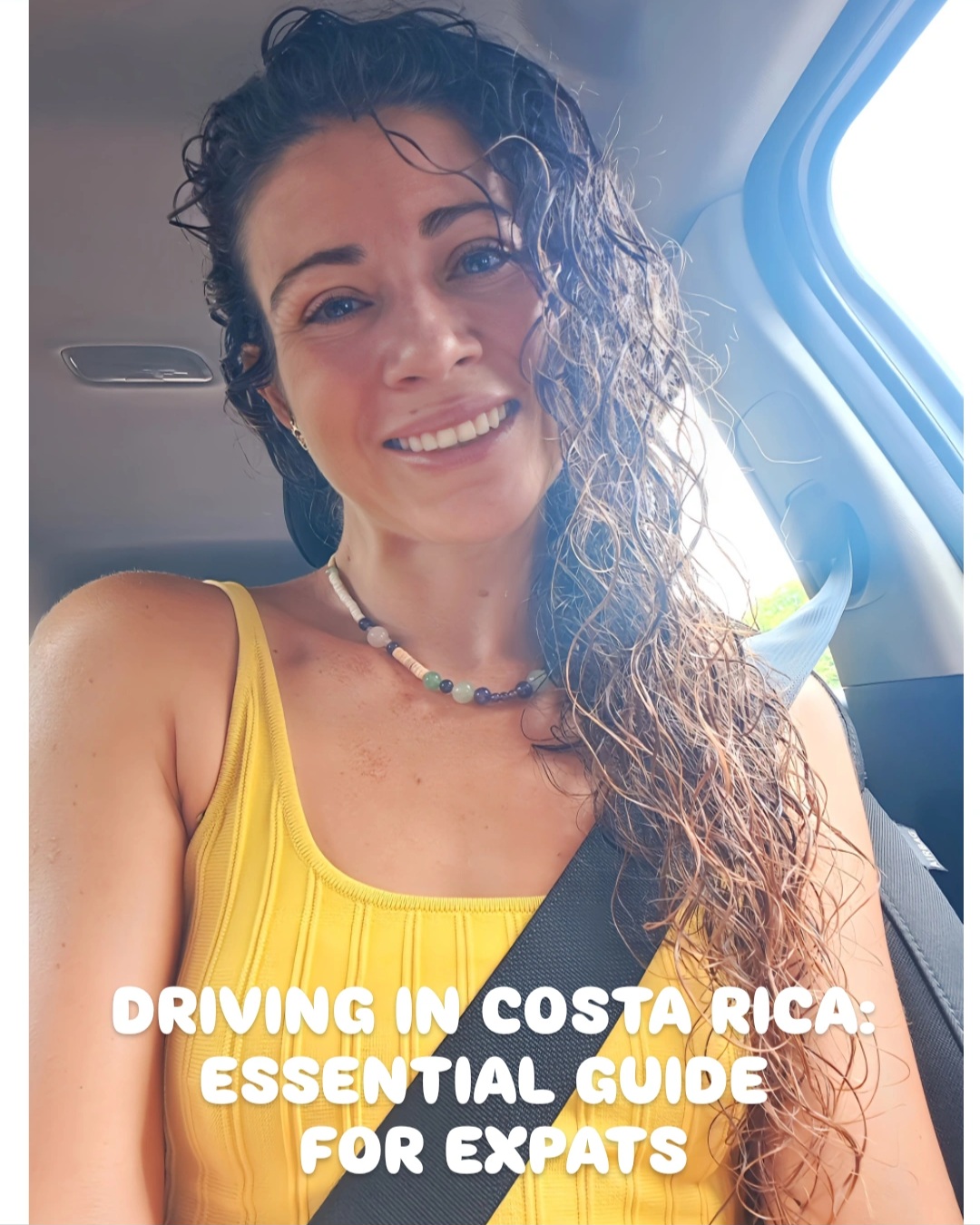Driving in Costa Rica is an exciting way to explore its stunning landscapes and vibrant culture. However, understanding local traffic signs and rules is crucial for a safe journey. Here’s what you need to know.
Key Traffic Signs
Costa Rica uses various traffic signs, including:
–Regulatory Signs: Stop (ALTO), yield (CEDA), and speed limit signs (40 km/h in urban areas, 80 km/h on highways).
–Warning Signs: Alerts for sharp turns, pedestrian crossings, and animal crossings.
–Informational Signs: Directions and distances to attractions.
Note that traffic signs are in Spanish, so knowing basic terms can really help. Familiarize yourself with common driving vocabulary to enhance your experience. For a complete list of translated traffic signs, check out this guide.
Essential Driving Rules
–Drive on the Right: Vehicles must drive on the right side of the road.
–Minimum Age: Drivers must be at least 18 years old.
–Seat Belts: Mandatory for all passengers; failure to comply can result in fines (‘multas’ or slang ‘partes’ in Spanish).
–Alcohol Limit: The legal blood alcohol limit is 0.05%. Driving under the influence can lead to severe penalties, including fines and license suspension.
–Mobile Phones: Using a mobile phone while driving is prohibited unless you have a hands-free device.
–Speed Limits: Adhere to posted speed limits, as traffic enforcement is strict.
–Roundabouts: Yield to vehicles already in the circle.
–Pedestrian Crossings: Always yield to pedestrians at crosswalks.
–Animals on the Road: Be cautious of animals, especially in rural areas, as they may wander onto the road.
–Motorcycles: Be aware that motorcycles can be unpredictable, often passing on both the left and right and appearing out of nowhere, especially in the GAM (Greater Metropolitan Area).
Road Safety Kit
A road safety kit is required by law and should include:
-Jack and lug wrench
-Reflective warning signs
-First aid kit
-Fire extinguisher
-Spare tire
Regularly check and maintain the contents of your kit to ensure readiness in case of emergencies. You can purchase this as a kit in many local stores.
Child Safety Seat Regulations
Costa Rica has specific regulations for child safety seats based on age, weight, and height. Here’s a quick overview:
–Group 0: Infants (0-1 year) must use a rear-facing car seat.
–Group I: Toddlers (1-4 years) should use a forward-facing car seat.
–Group II: Preschoolers (4-6 years) must use a booster seat.
–Group III: School-aged children (6-12 years) can use a booster seat or the vehicle’s seat belt if they meet height requirements.
Ensure compliance to keep your little ones safe while traveling and avoid fines.
Driving as a Foreigner
Foreigners can drive in Costa Rica with a valid driver’s license from their home country for up to 90 days. After that, a border run is necessary to renew your tourist visa. This involves leaving the country and re-entering to receive a new stamp on your tourist visa. This must be done even if you’ve already applied for residency until the process is fully completed.
Toll Gates
Toll gates are common on major highways. Payment options include cash (Costa Rican colones) and credit/debit cards. Consider using the Quick Pass device for convenience, allowing you to bypass long lines at toll booths.
Quick Tips for Safe Driving
–Familiarize Yourself with Local Traffic Laws: Understanding the rules will help you avoid fines and ensure a safer driving experience.
–Always Wear Seat Belts: Ensure that all passengers in your vehicle wear seat belts at all times.
–Keep a Road Safety Kit in Your Car: This is a legal requirement and essential for emergencies.
–Avoid Driving at Night: Road conditions can be challenging after dark, with limited visibility and potential hazards, especially during heavy rain.
–Stay Alert for Road Conditions: Watch for potholes, unpaved roads, and wildlife crossing.
–Documents to Keep Handy: Always carry your valid driver’s license, passport with stamp, and if you own a car, ensure that the owner’s documents, marchamo, and DEKRA are up to date.
–Colectivos: In Guanacaste, informal taxis called ‘colectivos’ may look like regular old cars and will stop without warning, so be cautious.
Note on Fines
If you receive a fine, it’s important to pay it at a bank or online; never hand over money directly to the officer. In Spanish, fines are called ‘multas’ and the slang term ‘partes’ is also commonly used.
You may be pulled over for routine check-ups, which doesn’t necessarily indicate that you’ve done something wrong. Always be prepared to present your documents, including:
-A valid driver’s license
-Passport with the entry stamp
-Marchamo and DEKRA up to date (vehicle owners)
Keep these essential documents handy to ensure a smooth driving experience.
Conclusion
Driving in Costa Rica offers a unique opportunity to immerse yourself in the country’s breathtaking landscapes and vibrant culture. By familiarizing yourself with local traffic laws and staying well-prepared, you can confidently navigate the roads and make the most of your adventure. Embrace the journey, enjoy every moment in this beautiful destination, and most importantly, be safe!
Pura Vida,
Tico Be Like
